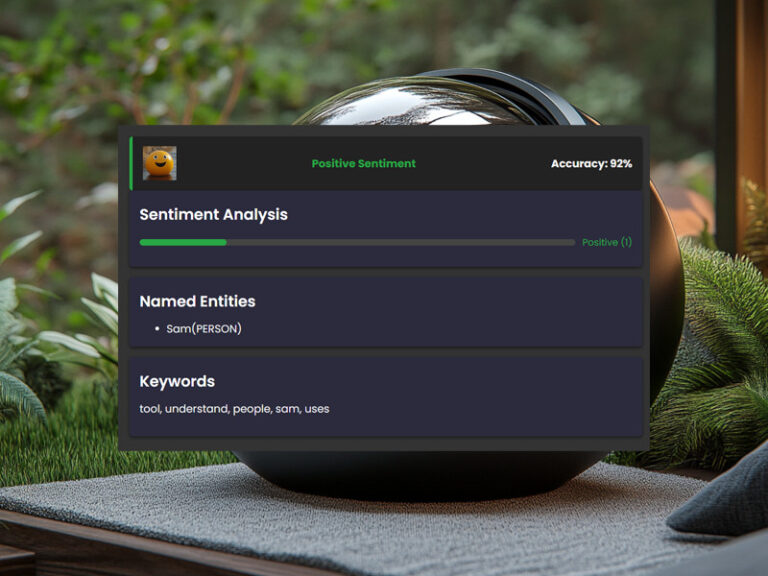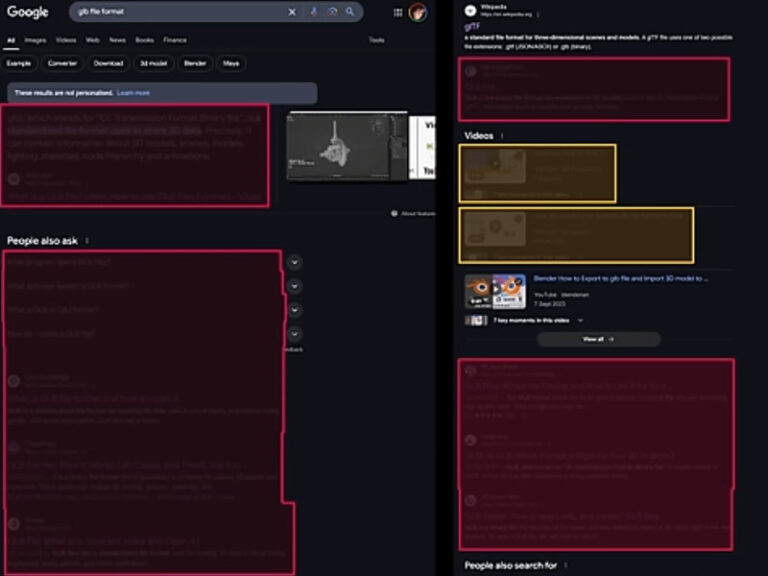Welcome to the wild world of the internet, where the lines between reality and fiction often blur.
Whether scrolling through social media or engaging in online discussions, encountering fake personas is inevitable. Discerning between real and fake online personas has become increasingly challenging today.
Deep fakes are getting so good that the user’s voice and looks can be copied and assigned to a program that I automated to impersonate the original person.
With the proliferation of fake accounts, bots, and deep fakes, you must equip yourself with the knowledge and tools to navigate this complex landscape.
The article will guide you through the latest strategies to identify authentic online identities and protect yourself from deceit.
Why Does It Matter?
So, why should you care? Authenticity online is crucial for several reasons.
- Fake accounts can lead to misinformation, affecting your perception and decisions.
- They can compromise your privacy and security.
- Genuine interactions foster trust and meaningful connections, which are the bedrock of a positive online experience.
The Rise of Fake Online Personas
Fake online personas are not a new phenomenon, but their sophistication has reached new heights. With technological advancements, creating a convincing phony profile is easier than ever.
From AI-generated images to deepfake videos, the tools available to bad actors are more powerful and accessible. This rise necessitates a vigilant approach to online interactions.
Key Indicators of Authenticity
Profile Verification
One of the most straightforward indicators of an actual account is profile verification. Many social media platforms offer a verification badge to confirm the authenticity of notable accounts.
However, not all real accounts are verified, so don’t rely solely on this indicator.
Consistent Engagement
Authentic accounts usually show consistent engagement over time. Look for a history of posts, interactions, and a network of real connections.
Genuine profiles often have diverse content and regular updates.
How to Spot a Fake Account?
Unusual Activity Patterns
Fake accounts often exhibit unusual activity patterns. They may post too frequently, have a sudden spike in followers, or show erratic engagement levels.
If an account’s activity seems too good to be true, it probably is.
Suspicious Profile Details
Scrutinize the profile details. Generic bios, stock photos, and incomplete information are red flags. Additionally, check for inconsistencies in the profile’s history, such as changes in names or locations.
The Role of Social Media Platforms
Social media platforms are continuously evolving to combat fake accounts. They use algorithms to detect suspicious behavior and employ human moderators for manual verification.
However, the sheer volume of accounts means that not all fakes are caught, making it essential for users to stay vigilant.
Technological Tools for Verification
AI and Machine Learning
Artificial Intelligence and Machine Learning play a significant role in identifying fake accounts. These technologies analyze patterns and behaviors indicative of counterfeit profiles, providing users with tools to flag suspicious accounts.
Browser Extensions and Apps
Several browser extensions and apps are designed to help users verify online identities. Tools like SocialCatfish and BeenVerified can provide detailed background checks on profiles, offering an extra layer of security.
The Human Touch: Manual Verification
While technology is invaluable, the human touch remains crucial. Manual verification involves cross-referencing information, checking mutual connections, and using intuition. Engage with profiles directly through comments or messages to gauge their authenticity.
Case Studies: Real vs. Fake
Let’s examine some real-life examples. Take a look at the following video.
Protecting Your Online Identity
To protect yourself from fake personas, take proactive measures. Regularly update your privacy settings, be cautious with the information you share, and use strong, unique passwords for your accounts. Additionally, suspicious profiles should be reported to platform administrators.
Conclusion
In an era of rampant fake online personas, staying informed and vigilant is your best defense. By understanding the indicators of authenticity and leveraging both technological and manual tools, you can confidently navigate the digital landscape. Remember, the key to a safer online experience is a blend of skepticism, awareness, and proactive measures.
FAQs
Q1: What should I do if I suspect a profile is fake? If you suspect a phony profile, report it to the platform administrators. To protect your information, avoid engaging with the account and review your privacy settings.
Q2: Can fake profiles be verified? While rare, some fake profiles can obtain verification through fraudulent means. Therefore, other indicators of authenticity should always be considered alongside verification badges.
Q3: How can I verify the authenticity of a profile without using paid tools? You can manually verify profiles by checking mutual connections, reviewing their posting history, and engaging directly with the account through comments or messages.
Q4: Are there specific platforms more prone to fake accounts? Platforms with large user bases and less stringent verification processes, like Twitter and Instagram, tend to have more fake accounts. However, counterfeit profiles can exist on any platform.
Q5: What are deepfakes, and how do they relate to fake profiles? Deepfakes are AI-generated videos or images that convincingly mimic real people. They can be used to create fake profiles with realistic but false appearances, making it harder to discern authenticity.
Further Reading
- “The Rise of Deepfakes: How AI is Transforming the Digital Landscape” – TechCrunch
- “Social Media Verification: How Platforms Are Fighting Fake Accounts” – Forbes
- “Protecting Your Online Identity: A Comprehensive Guide” – Wired
- “AI and Machine Learning in Cybersecurity” – MIT Technology Review
- “The Psychology of Fake Online Personas” – Psychology Today









